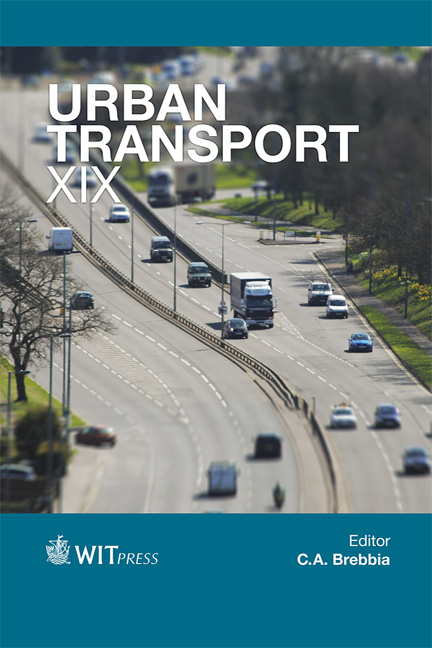Measuring Community Severance For Transport Policy And Project Appraisal
Price
Free (open access)
Transaction
Volume
130
Pages
12
Page Range
559 - 570
Published
2013
Size
1,662 kb
Paper DOI
10.2495/UT130451
Copyright
WIT Press
Author(s)
P. R. Anciaes
Abstract
The construction of transport infrastructure often leads to the separation of neighbourhoods, with effects on local mobility and community well-being. While these effects are usually included in transport appraisal, in practice, choices over alternative projects or route alignments tend to be subject to ad-hoc political decisions based on qualitative assessments. The development of quantitative indicators of severance can bring more transparency to these decisions, contributing to their socio-political feasibility. In addition, there is little evidence on the effects of past decisions on present degrees of severance in different parts of an urban area. This paper proposes indicators for measuring community severance based on the lost population-interaction potential and considering alternative definitions of restrictions to pedestrian mobility. These include the barrier effect of motorways and railways, the dynamic severance of traffic on busy roads, and the cumulative effect of transport infrastructure located near other pedestrian-unfriendly environments. The indicators are used in two applications in the Lisbon Metropolitan Area, evaluating the severance effects of a recently implemented road project and the overall effects of the transport infrastructure projects implemented during a 10-year period. Keywords: community severance, local accessibility, pedestrian mobility.
Keywords
Keywords: community severance, local accessibility, pedestrian mobility.





